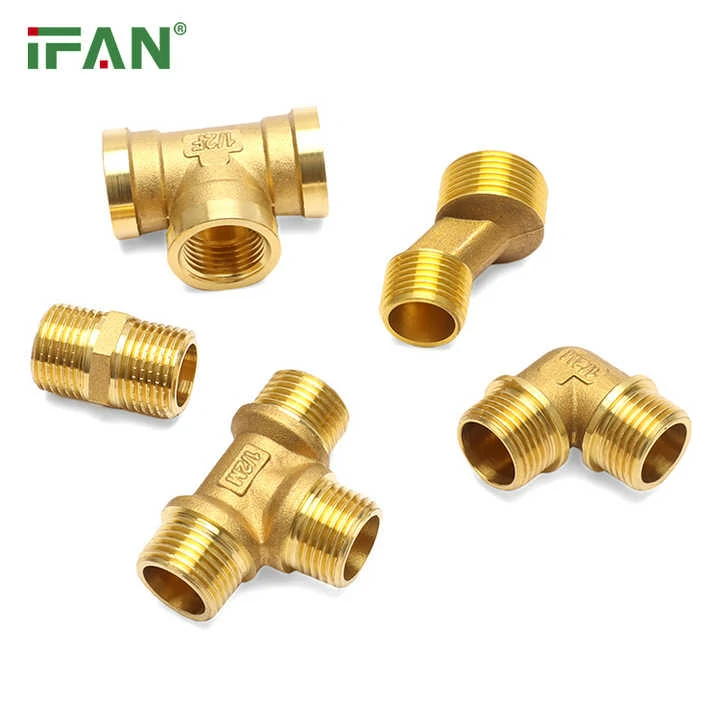Selecting the right brass fitting for your plumbing system is crucial for ensuring efficiency, durability, and leak-free performance. With so many types and configurations available, it can be challenging to make the right choice. Here’s a step-by-step guide to help you choose the perfect brass fitting for your specific needs:
1. Identify the Type of Plumbing System
- Water Supply Systems: Use fittings designed for potable water, such as lead-free brass fittings.
- Gas Systems: Choose fittings specifically rated for gas applications to ensure safety and compliance.
- Hydronic Heating Systems: Opt for fittings that can withstand high temperatures and pressure.
- Industrial Systems: Select heavy-duty fittings for high-pressure or corrosive environments.
2. Determine the Pipe Material and Size
- Pipe Material: Ensure the brass fitting is compatible with the pipe material (e.g., copper, PVC, steel).
- Pipe Size: Measure the diameter of the pipes to select fittings with the correct size. Use reducers or adapters if connecting pipes of different sizes.
3. Consider the Fitting Type
- Elbow Fittings: For changing the direction of pipes (e.g., 45° or 90° angles).
- Tee Fittings: For splitting or combining flow in three directions.
- Couplings and Unions: For connecting or repairing pipes.
- Valves: For controlling flow (e.g., ball valves, gate valves).
- Compression Fittings: For easy, solder-free connections.
5. Evaluate Corrosion Resistance
- For systems exposed to water or chemicals, choose brass fittings with excellent corrosion resistance.
- Consider dezincification-resistant brass (DZR) fittings for harsh environments.
6. Verify Thread Standards
- Ensure the fitting’s thread type (e.g., NPT, BSP) matches the pipes or equipment you’re connecting.
- Use thread sealant or tape to prevent leaks in threaded connections.
7. Consider Ease of Installation
- Compression fittings are ideal for quick, tool-free installations.
- Soldered fittings provide a permanent, leak-proof connection but require specialized tools and skills.
Conclusion
Choosing the right brass fitting involves understanding your plumbing system’s requirements, including the type of system, pipe material, pressure, temperature, and installation needs. By considering these factors and prioritizing quality and compatibility, you can ensure a reliable, efficient, and long-lasting plumbing system. Whether for residential, commercial, or industrial applications, the right brass fitting will provide a secure and durable solution for your plumbing needs.
View more:https://www.ifanfittings.com/


